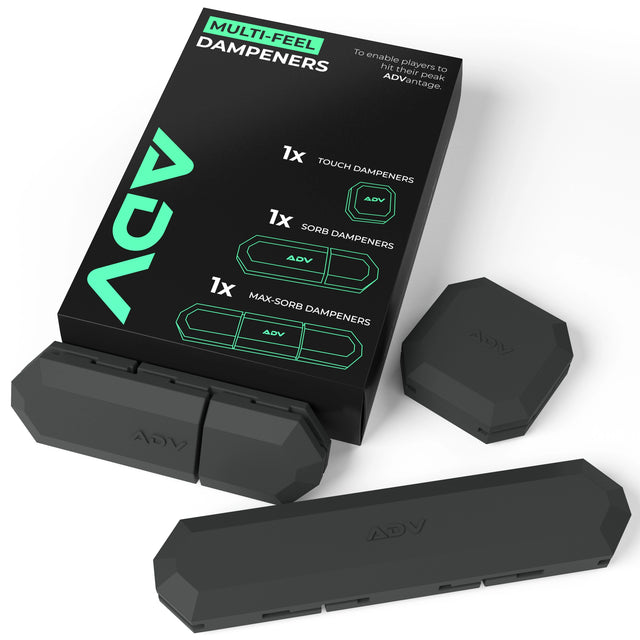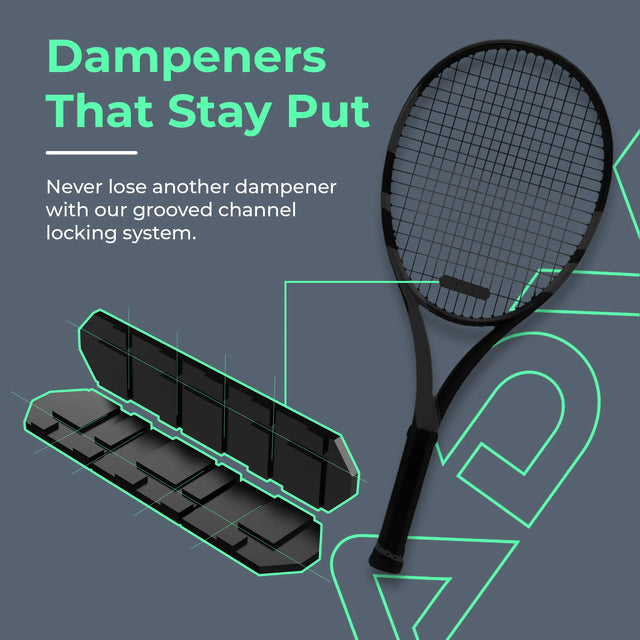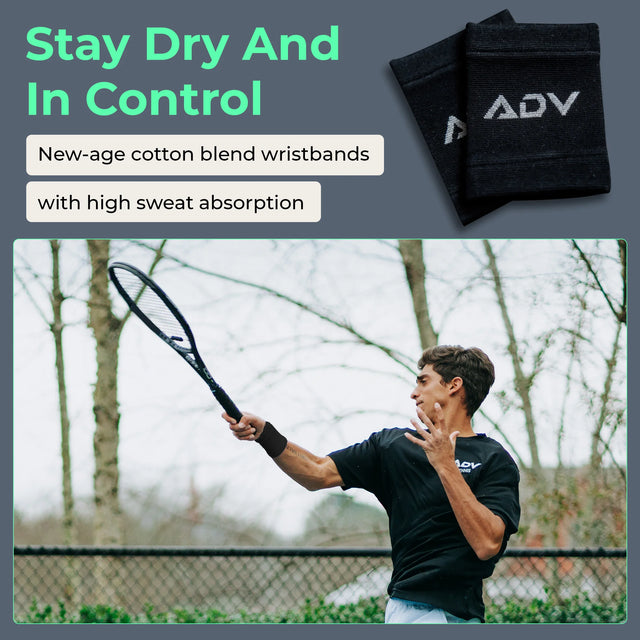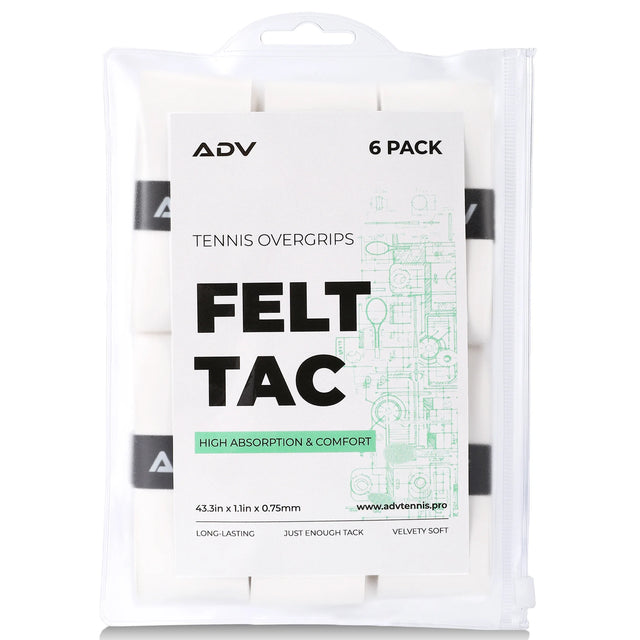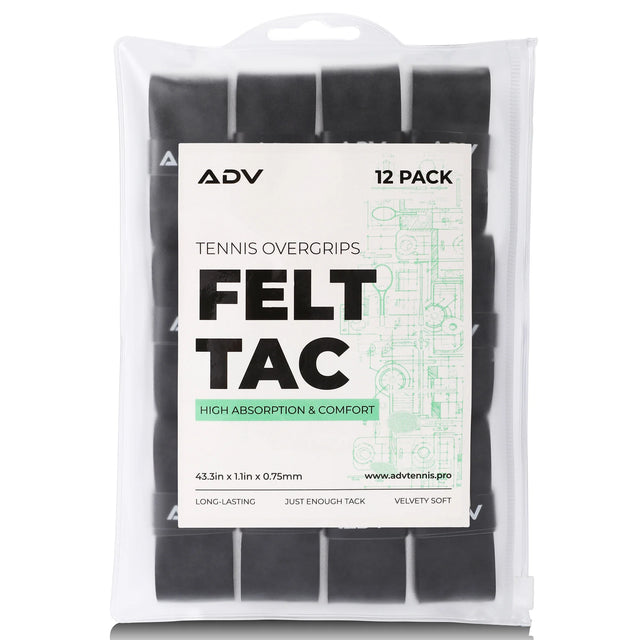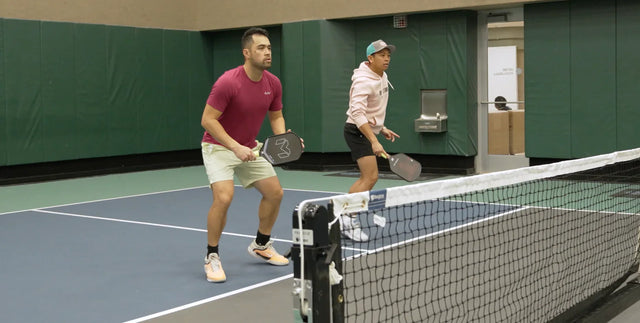How to Choose the Best Tennis Racket Dampener for Your Playing Style
A tennis racket dampener is a small yet crucial accessory for many tennis players that fits snugly between the strings of a racket. Its primary role is to reduce the vibrations that occur when the ball strikes the racket, providing a smoother feel to the player. When a tennis ball hits the racket, it generates a vibration through the strings and into the racket frame, which can be felt in the hand and arm. By inserting a dampener, these vibrations are minimized, which helps to decrease the risk of tennis elbow and other related injuries.
Benefits of Using a Tennis Racket Dampener
Reducing String Vibrations for a Smoother Feel
Inserting a tennis racket dampener between the strings significantly reduces the vibrations caused by the ball striking the racket. This reduction in vibration helps provide a smoother feel on impact, leading to better control over shots. For players who experience discomfort, using a dampener can make a considerable difference in their playing experience. This smoother feel improves comfort and helps players maintain focus and precision during long matches.
Minimizing Noise for a Quieter Playing Experience
One of the key benefits of tennis dampeners is their ability to minimize noise generated during play. The dampener works by absorbing much of the shock that occurs when the ball hits the racket, reducing the typical "ping" noise associated with tennis rackets. This quieter playing experience is particularly appreciated in indoor courts where sounds can echo or in community environments where minimal disturbance is crucial. Adding a dampener is a good way to cut down on racket noise for players who are sensitive to sound or who would rather hit quietly.

Acting as a Shock Absorber to Reduce Arm Discomfort
For many players, the main advantage of using a shock absorber for rackets is the reduced risk of arm discomfort, including symptoms associated with tennis elbow. By dampening the impact vibrations, these devices help distribute the shock more evenly across the racket's string bed, lessening the strain transferred to the arm. It can be particularly beneficial for players with a history of arm or wrist injuries, as it allows them to play longer with less pain.
Enhancing Player Comfort Without Affecting Power or Spin
While some players may worry that adding a tennis string dampener might affect the power or spin of their shots, the primary function of these accessories is to increase comfort without compromising performance. Designed to absorb excess vibration without altering the dynamics of the racket, this means you can enjoy added comfort and reduced string vibration without sacrificing the power or spin you have worked hard to develop in your game.
Tennis Racket Dampener Types
Button Dampeners
A slight, round string dampener for tennis fits snugly between the main strings of the racket, just above the throat. Their compact design makes them incredibly easy to install and remove, offering a practical solution for players at any level. Despite their size, they are pretty effective at reducing vibrations and maintaining the feel of the racket. Players favor button dampeners for their subtlety, as they do not alter the appearance or balance of the racket significantly.
Worm Dampeners
They are elongated pieces that weave through several strings in the racket's sweet spot. They cover a larger area than button dampeners, providing more substantial vibration reduction. This type is favored by players who experience significant discomfort from racket vibrations or prefer a muted feel during play. Although they can be slightly more cumbersome to install, the enhanced comfort and control they offer make them a worthwhile addition to serious competitors.
Custom Tennis Dampeners
Beyond their functional benefits, dampeners offer a creative way for players to showcase their personality, whether through custom colors, logos, or unique shapes. With various material and design options available, choosing the right custom dampener can improve the aesthetic and functional aspects of a player’s racket setup.
- Material Selection: The material of the best tennis dampener plays a significant role in determining how much vibration is absorbed during ball contact. Silicone and rubber are the most common materials used, each offering different levels of shock absorption. Silicone dampeners provide a softer feel, reducing string buzz while maintaining a natural response, whereas rubber dampeners offer more rigid vibration control for players who prefer a firmer racket feel. Some brands also experiment with specialized composites that blend different materials to create a balanced experience.
- Shape and Size: Custom dampeners come in a variety of shapes and sizes, allowing players to find a design that fits their racket’s string pattern while delivering the desired level of vibration control. Traditional round or rectangular dampeners provide even distribution of shock absorption, while more modern designs, such as long strip dampeners, extend across multiple strings for enhanced effect. The size of the dampener also affects its functionality—smaller dampeners minimize vibrations subtly, while larger ones offer more noticeable dampening. Choosing a dampener that fits securely between the main strings prevents it from falling off mid-match, ensuring consistent performance throughout play.
- Custom Graphics: One of the most appealing aspects of custom tennis vibration dampeners is the ability to add personal touches, such as logos, names, or unique designs. Many players choose to feature their initials, club emblems, or favorite symbols to give their rackets a distinctive look. Some brands allow for full customization, offering printing or engraving options that make the dampener a true reflection of the player’s style. This level of personalization not only enhances the aesthetic appeal of the racket but also adds a sense of identity and confidence on the court. Whether representing a team, supporting a cause, or adding a fun design, custom graphics turn an essential accessory into a statement piece.
By carefully selecting the right material, shape, and design, players can enhance their playing experience and make their racket feel genuinely their own. Whether for performance improvement or aesthetic appeal, investing in a custom dampener ensures both style and substance on the court.
Tennis Dampener Placement and Its Impact on Performance
Standard Placement Between the Two Main Strings
This standard positioning is strategic, balancing the dampening effect across the largest area of the string bed where most ball contacts occur. By mitigating vibrations right at this crucial point, players can maintain a solid feel of the ball while reducing the jarring sensations that travel up the arm. Such placement is ideal for beginners and intermediate players looking for a straightforward solution to enhance their playing comfort.
Weaving Through Multiple Strings for Extra Damping
For those seeking enhanced vibration control, tennis dampener placement involving weaving through multiple strings can be effective. It involves placing a longer, worm-style dampener that threads through several strings to cover a broader area of the string bed. The increased contact points between the dampener and the strings distribute the shock absorption more evenly, providing a noticeably softer impact during play. This technique is particularly useful for players who are highly sensitive to vibrations or those recovering from arm injuries who require extra protection.
How Placement Affects Feel and Feedback
The position of a tennis shock absorber on the racket significantly influences the type of feedback received upon ball impact. Placement closer to the bottom of the racket tends to increase dampening, which can soften the feel and reduce feedback, potentially suiting players who prefer less vibration. Conversely, positioning the dampener closer to the center or top of the string bed can offer a blend of dampening with more retained feedback, appealing to those who desire a more 'pure' tennis experience with sufficient sensory response to adjust their stroke based on the feel of each hit.

Experimenting with Positioning for Optimal Performance
Each player may react differently to the changes in racket behavior caused by different dampener positions. Here’s a comprehensive approach to experimenting with dampener positioning:
- Start with Standard Placement: As emphasized before, a dampener's most widely used starting point is between the two central main strings, just above the racket’s throat. This classic placement helps reduce string vibrations without drastically altering the natural feel of the racket. Many players find this setup effective in minimizing discomfort while maintaining responsiveness. It is beneficial for those who prefer a balance between vibration dampening and keeping the signature sound of their racket. By beginning with this placement, players establish a reliable baseline for how the dampener affects their game, allowing them to make more informed adjustments as they experiment with different positions.
- Adjust Vertically: Moving the dampener higher or lower along the string bed can yield noticeable differences in racket feedback and comfort. Raising it toward the heart of the racket may provide a slightly crisper response, which can benefit players who rely on touch shots and volleys. Conversely, lowering it closer to the throat can create a softer, more muted feel that may appeal to baseline players looking for increased shock absorption. Since the dampener interacts with the strings in different ways depending on its vertical position, players should take the time to test both placements and assess which setup offers the best mix of control, comfort, and responsiveness.
- Experiment with Horizontal Positioning: While less common, shifting the dampener left or right along the strings can create unique effects on racket feedback. Some players notice subtle changes in how the racket vibrates based on lateral positioning, particularly when using larger dampeners. This adjustment may be helpful for those who experience discomfort in one arm more than the other, as redistributing the dampener’s weight slightly may alleviate strain. Additionally, placing the dampener slightly off-center may provide a different feel when striking the ball, potentially influencing spin and directional control. Testing horizontal placement is a great way to personalize your setup further and fine-tune racket response to match your preferences.
- Evaluate Performance Changes: After making each adjustment, it’s important to assess how the new dampener position affects your overall gameplay. Factors such as racket control, shot accuracy, comfort, and arm strain should all be considered. Keeping track of these observations over multiple practice sessions can help identify patterns and determine which setup feels the most natural. Players should also note how their racket sounds and responds upon impact, as these subtle cues can indicate whether the dampener effectively reduces unwanted vibrations.
Whether seeking improved control, reduced arm fatigue, or a better feel for shots, adjusting the dampener allows for a personalized experience tailored to individual playing styles. Using vertical, horizontal, and dampener-type changes, players can carefully test their setup to enhance comfort and performance on the court.
Where to Buy Tennis Racket Dampeners and Other Equipment
Best Online Retailers for Tennis Accessories
When looking to purchase tennis gear, the internet offers many options. Online retailers specialize in tennis equipment, providing a wide array of dampeners from well-known brands to niche custom makers. These platforms often feature detailed descriptions and ratings that help you make an informed choice.
Comparing Prices
The cost of tennis racket dampeners can vary significantly, ranging from budget-friendly options that are simple and effective to premium models featuring advanced materials and designs. It's crucial to compare these prices carefully to find a dampener that fits your specific playing needs and budget. Higher-priced dampeners often offer greater vibration reduction and durability, but think about whether these features are necessary for your level of play and frequency of use.
Reading Reviews to Find the Best
To choose the best tennis racket dampener, it's advisable to read through customer reviews and testimonials. These insights can provide real-world information about the performance and durability of different dampeners. When searching for a dampener that meets your specific demands, pay close attention to player reviews that include their playing style and physical requirements. Some models may be better at absorbing shock without dulling the feel of the racket, which is particularly important for those who rely on precise ball feedback for control.
Purchasing Tennis Gear Online
Several factors should be considered when you buy tennis equipment online to ensure a satisfactory purchase. Verify the authenticity of the retailer to avoid counterfeit products. Look for clear return and exchange policies, which can be crucial if the product does not meet your expectations. Check the shipping terms to ensure the delivery times and costs are acceptable.

The racket dampener advantages extend beyond mere vibration reduction. Proper equipment can transform your gameplay, boosting your confidence and court performance. As you invest in the right tennis shock absorber and other gear, consider how each piece helps you meet your athletic goals. Engage with retailers, read reviews, and consult with coaches or experienced players to gather insights that inform your purchases.


